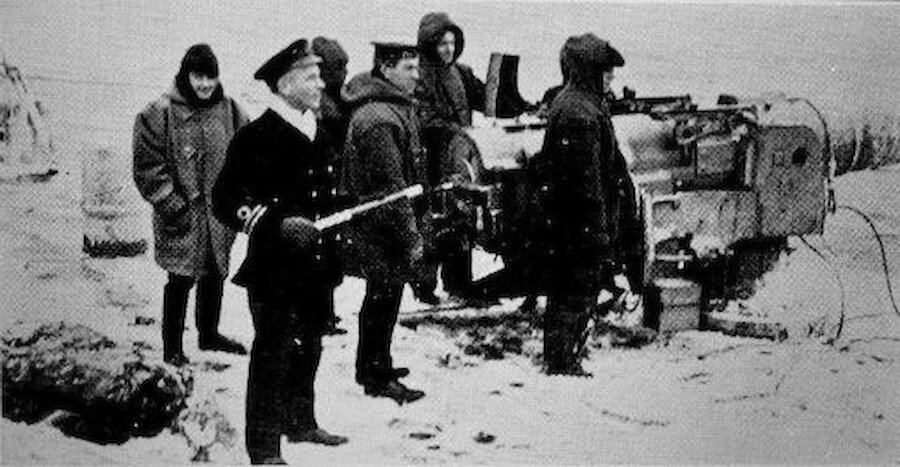A new exhibition at the Shetland Museum and Archives records the crucial role played by Shetland in the blockade of Germany, the longest campaign of the 1914-18 conflict.
The Allied aimed to wreck their enemies" economy. Germany used ships from neutral countries to carry goods and Britain's blockade sought to stop this trade, confiscating anything bound for its foe. The blockade meant Germany couldn't get supplies to clothe, transport, equip and feed its war machine, and Shetland was at the forefront because the blockade force's forward base was here.
The 10th Cruiser Squadron comprised converted merchant vessels which, because they were economical on coal, could cover long distances. The squadron patrolled the North Atlantic, challenging neutral ships and redirecting them to Lerwick, where the Navy searched them. They were then sent on to British ports to offload cargoes, and the government seized any contraband.
The operational base was in Shetland's north-east mainland, at Swarbacks Minn. Local firms benefited, supplying beef, bread, and beer. Fresh food was a novelty to crewmen so they bought produce from local women and fishermen sold catches. The blockaders were glad of a break ashore and sailors helped with farm work, bought knitwear, and put on sports and drama events.
The exhibition, which consists of photographs and artefacts from the blockade squadron, will be complemented by gallery talks; it runs until 12 October 2014.

